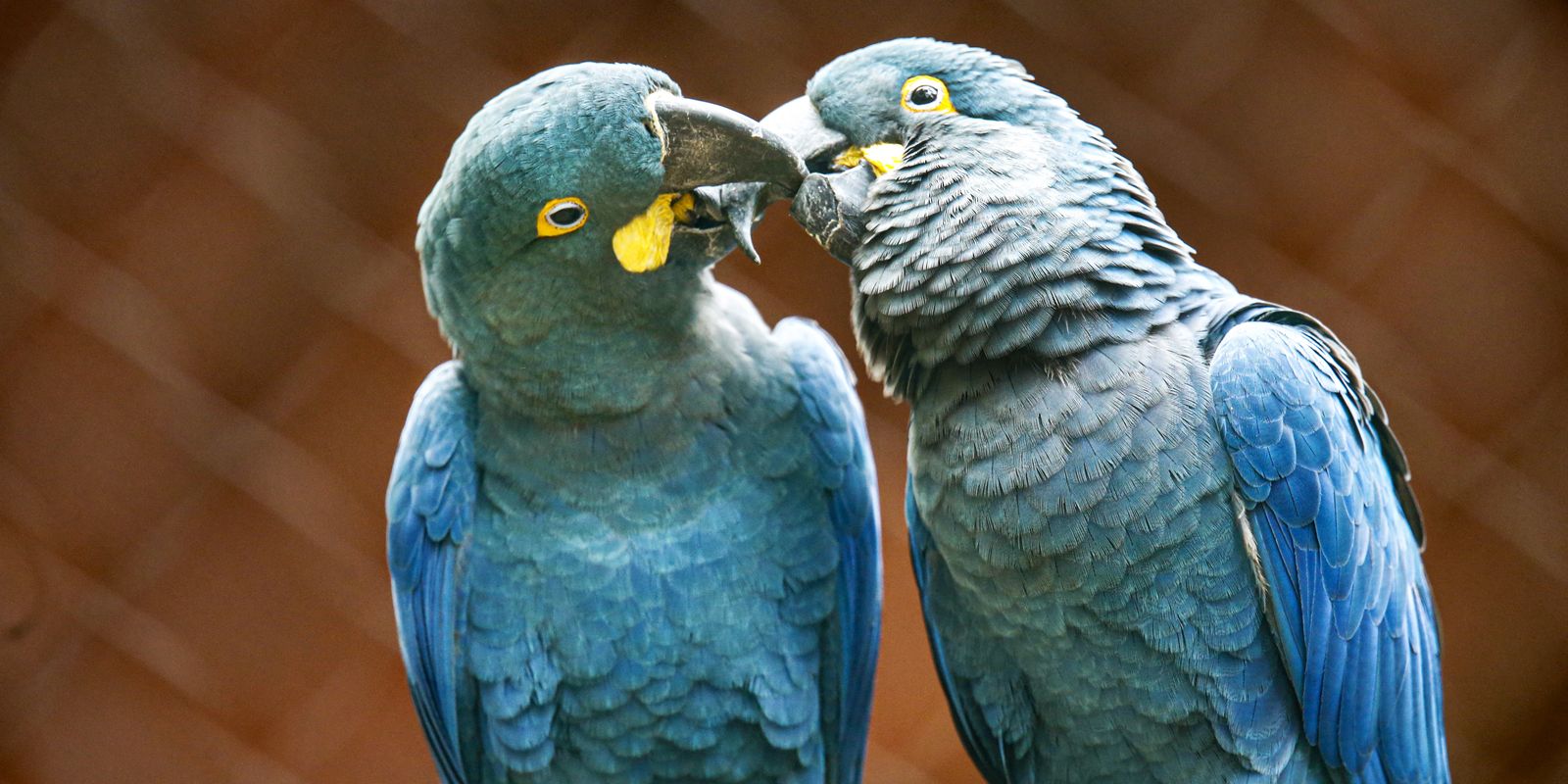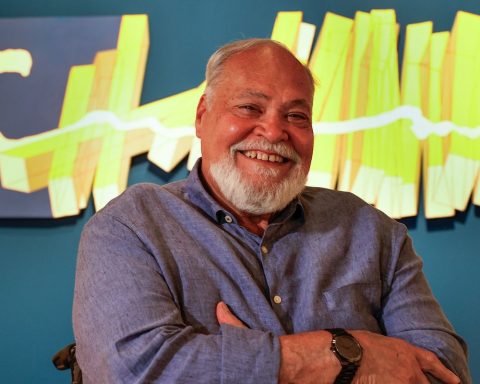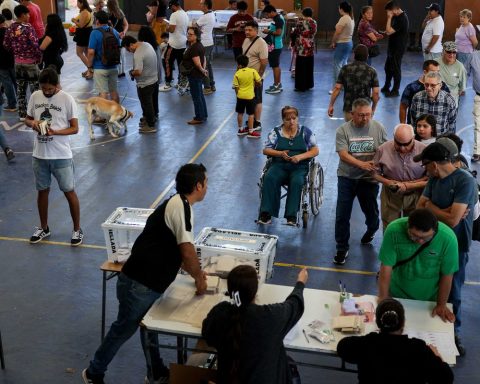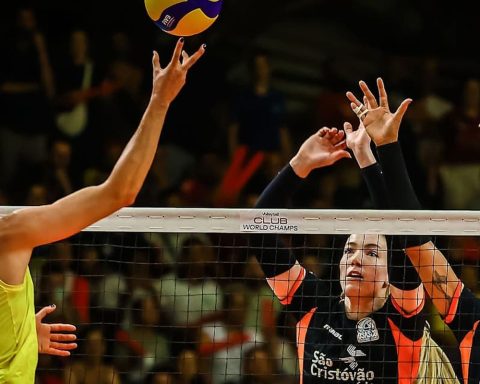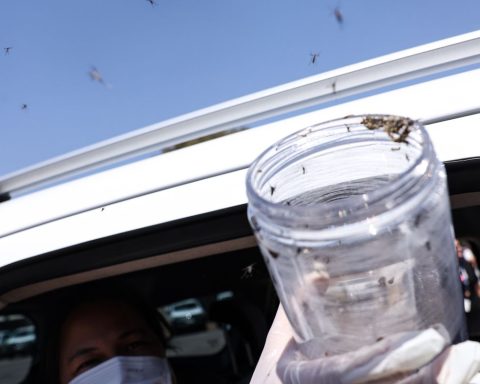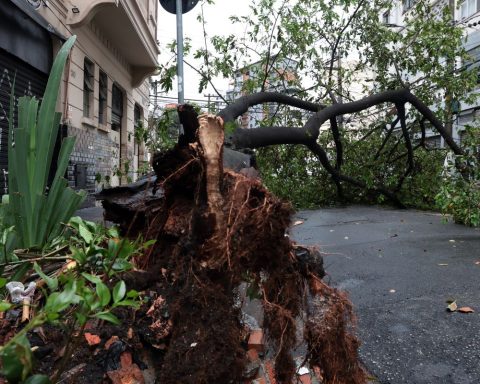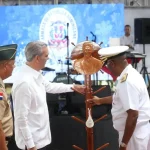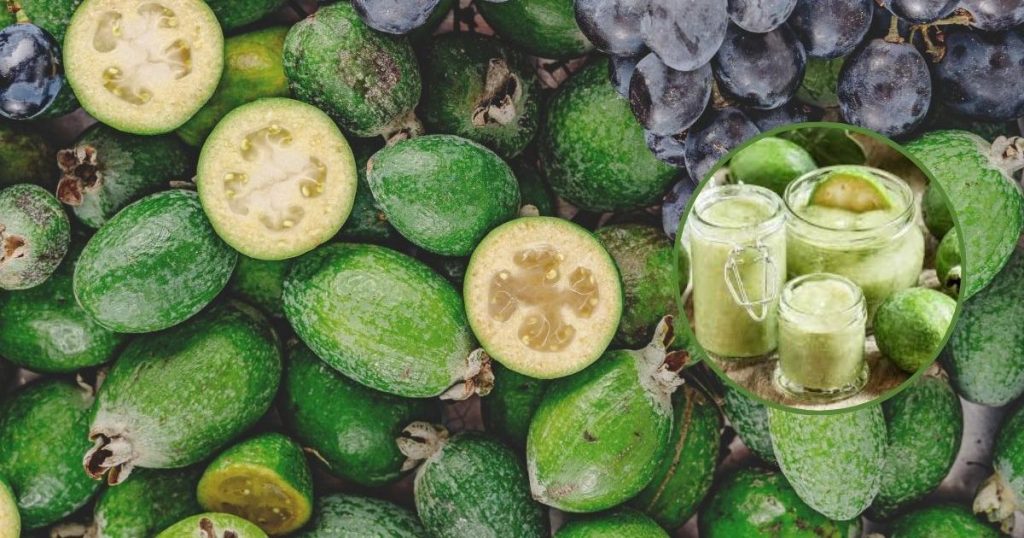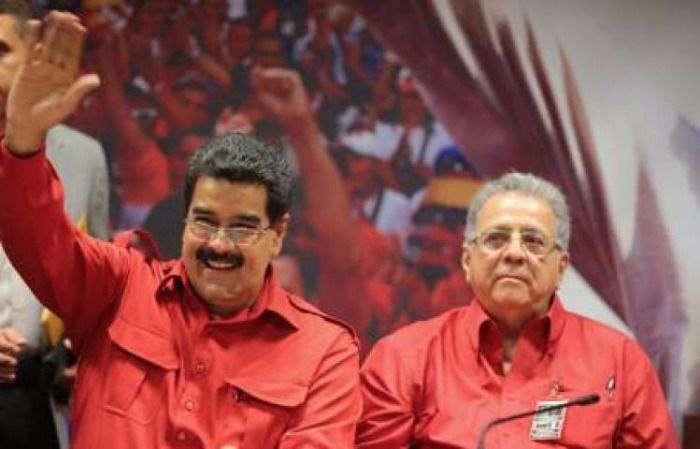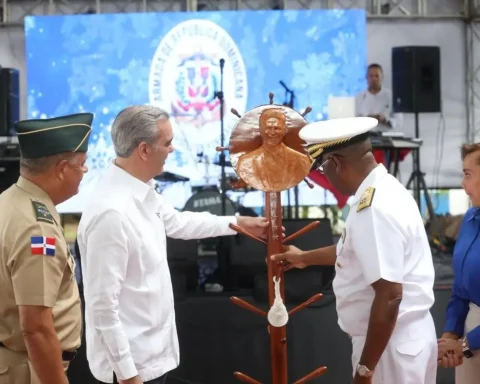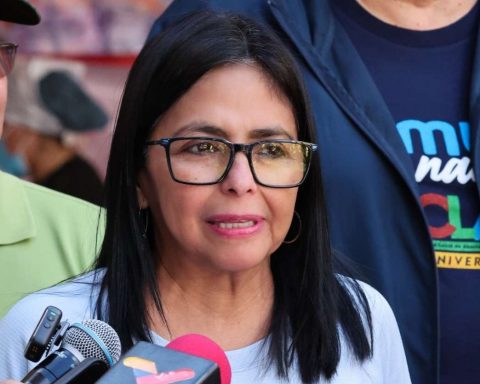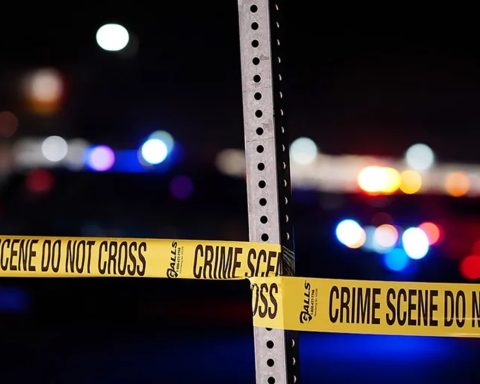The first Lear’s Macaw was born at the Wild Fauna Conservation Center (Cecfau), maintained by the state of São Paulo. Since January 3, the cub has joined 14 other animals of the species at the site, considered the maternity ward for animals threatened with extinction. In 2024, six Lear’s Macaws were born in Cecfau, in Araçoiaba da Serra, in the interior of São Paulo.
“We work with the aim of increasing the population of the species and also being able to send [essas aves] for release into the wild”, said biologist Giannina Piatto Clerici, manager of Cecfau. The puppy is being fed by professionals and kept in a nursery.
The parents – named Maria Eduarda and Dumont – are victims of animal trafficking, were recovered by the Cecfau team and will continue to be cared for. The new baby macaw, after it learns to fly and feed itself, will be evaluated and there is a possibility that it will be released into the wild.
“Only time will tell. We follow a very strict protocol of not talking to the puppy, nor petting it, trying our best to avoid this contact so that they don’t become so tame. But this depends a lot on each bird. When she is old enough, her behavior will be evaluated to find out whether there is a chance of release or not. We will only know this in the future”, explained the biologist.
The evaluation will take place when the macaw is around one year old. “It’s a series of factors assessed: whether the animal knows how to fly well, whether it’s feathered correctly and whether it knows how to break the coconut that we offer here and is one of the main difficulties they face”, he reported. When the animal is not suitable for release into the wild, it remains under care at Cecfau itself or at another fauna conservation institution.
Since 2019, 26 Lear’s Macaw chicks were born at the center and ten were sent for release in the Boqueirão da Onça National Park region, in Bahia.
Cecfau has been part of the Lear’s Macaw Population Management Program since its inauguration in 2015, aiming to assist in the conservation of the species.
The center is a reference in the reproduction and conservation of endangered species outside its own territory. habitat. Researchers promote the procreation of these animals to prevent their disappearance and ensure their reinsertion into the wild when possible.
